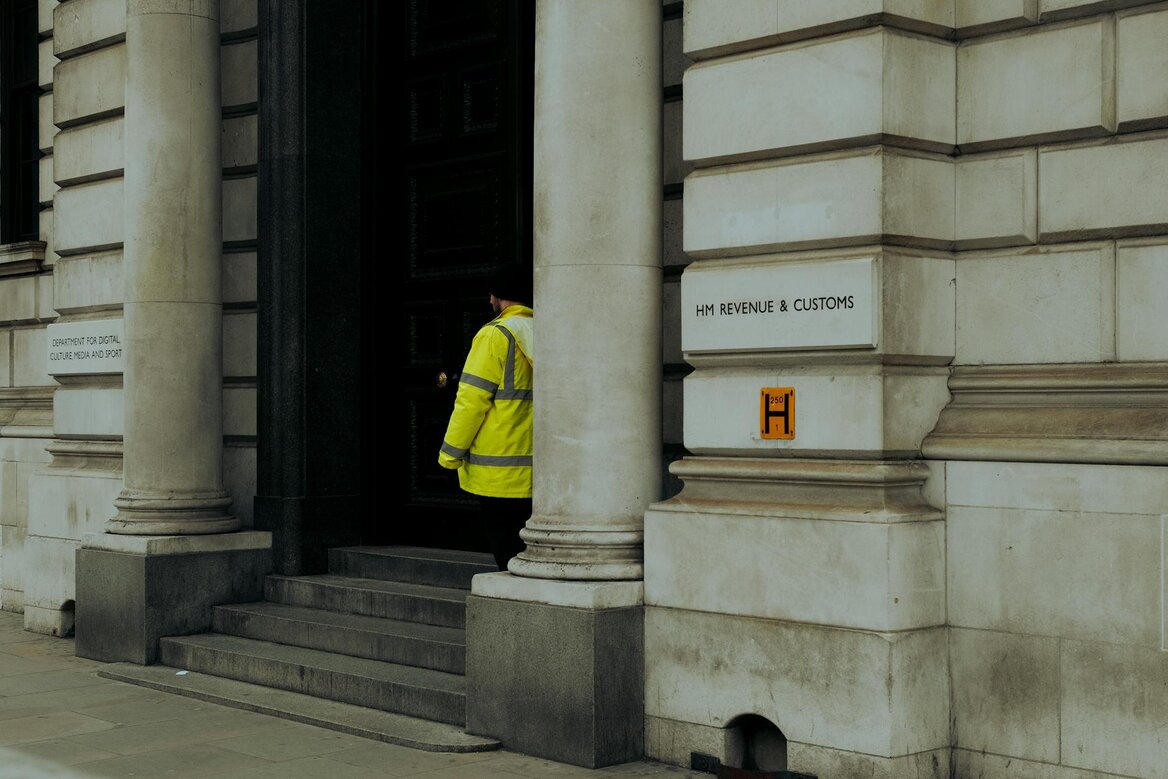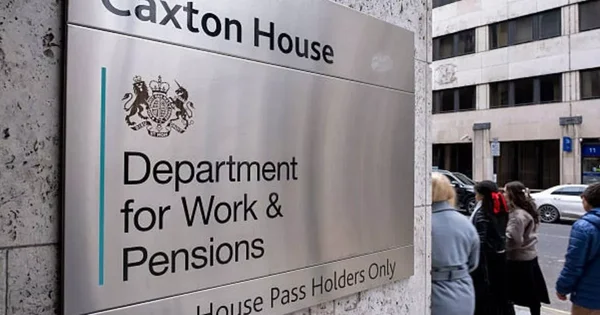HM Revenue & Customs (HMRC) has significantly intensified its efforts to close the UK’s £39.8 billion tax gap, directing fresh resources and advanced tools toward high-net-worth (HNW) individuals and public figures.
Fueled by an additional £555 million in annual funding, pledged by Chancellor Rachel Reeves this crackdown includes hiring 5,000 compliance officers and expanding digital auditing capabilities. From the Gary Lineker IR35 challenge to high-profile settlements like Bernie Ecclestone’s £652 million payoff, HMRC is signaling zero tolerance for avoidance tactics.
As technology such as its AI-driven Connect platform sharpens detection, wealthy taxpayers and their advisers must urgently reassess strategies, reinforce compliance, and document tax positions meticulously.
Defining the Tax Gap and HMRC's Strategy
The "tax gap" representing the difference between expected and collected revenues, stands at an estimated £39.8 billion. In response, Labour’s autumn budget allocated £555 million annually to enhance enforcement, with a projected yield of an extra £5 billion a year by the end of the parliamentary term.
These funds will be used to hire up to 5,000 new compliance officers and digitize tax systems with AI-supported intelligence gathering. HMRC plans to integrate external data sources, such as banking, land registry, and travel records, to focus on high-risk individuals and offshore structures.
High-Profile Cases Under the Spotlight
Celebrity cases illustrate the intensity of HMRC’s approach. In December 2024, broadcaster Gary Lineker was embroiled in a £4.9 million IR35 tax battle, where HMRC challenged his use of an intermediary, seeking to reclassify his income.
Similarly, Harry Potter actor Rupert Grint saw £4.5 million of royalties reclassified from capital gains to income. Jockey Frankie Dettori lost a prolonged dispute over a "sham" trust avoidance scheme. These cases signal HMRC’s willingness to challenge sophisticated tax maneuvers aggressively.
Wealthy Individuals Defined & Compliance Framework
HMRC categorises the "wealthy" as those earning over £200,000 annually or holding assets worth at least £2 million, an estimated 800,000, 850,000 taxpayers.
The High‑Net‑Worth Unit (HNWU), established in 2009, houses specialised staff including Customer Compliance Managers (CCMs) who manage complex cases under a risk-based compliance model. That unit brought in an extra £268 million in 2013–14 and over £1 billion since inception

Surge in Tax Collections & Data Tools
HMRC’s Wealthy & Mid‑Size Business Compliance (WMBC) team collected over £1.5 billion in 2023–24 doubling its previous year’s haul. Notably, £652 million stemmed from a settlement with Bernie Ecclestone; even excluding that, collections reached £848 million up from £713 million in 2022–23. A broader HMRC report shows total tax recovered from HNW individuals rose from £4 billion to £5.2 billion in one year .
Why Penalties Are Falling
Despite rising revenues, penalty notices to wealthy taxpayers dropped dramatically, from 2,153 in 2018–19 to just 456 in 2023–24. This suggests HMRC is prioritising data-led inquiries and accurate assessments over blanket penalisation. The focus appears to be on recovery rather than punishment, with AI and data analytics (‘Connect’) playing a central role
Implications for HNW Individuals & Advisers
The crackdown signals a call to action: complex tax affairs and creative avoidance schemes must be meticulously reviewed and fully disclosed.
Stephen Kenny of PKF Littlejohn warns that HNW individuals and their advisers “must act now to put their financial affairs in order” Preparation should include documented advice, comprehensive records, and readiness to cooperate swiftly, all to minimise legal exposure and dispute escalation.
Conclusion
The UK’s renewed effort to bridge the £39.8 billion tax gap is reshaping the landscape for wealthy individuals. With £555 million in new funding, 5,000 compliance officers, and AI-driven systems like Connect, HMRC is deploying a precision-based enforcement strategy aimed squarely at high-income and high-asset taxpayers.
The dramatic rise in revenue, £1.5 billion from wealthy taxpayers in 2023–24 and high-profile settlements underline the seriousness of this crackdown. For those with earnings above £200,000 or assets over £2 million, the signal is clear: now is the time for proactive compliance. Advisors and their clients must ensure all filings are meticulously documented, fully disclosed, and legally sound.
The era of lax oversight for HNW individuals is fading. In this new environment, thoroughness, transparency, and swift responsiveness are not just best practices, they’re the new baseline for tax safety.









